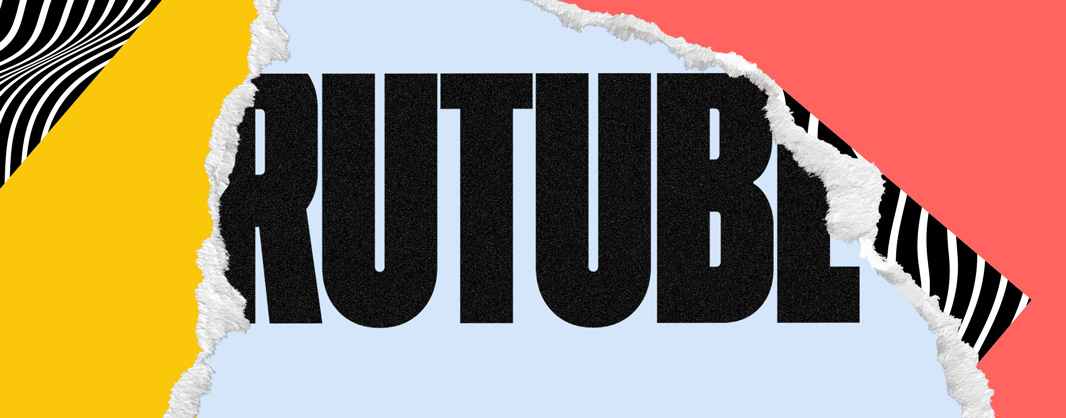El más extraño e indescifrable manuscrito del mundo junto al Codex Rohonczi. Perteneció, junto al Codex Gigas, al Gabinete de las Maravillas de Rodolfo II.
La primera noticia de la existencia del Voynich data de 1580, cuando el emperador Rodolfo II de Habsburgo, muy interesado en las ciencias ocultas, la magia y las rarezas de todo tipo, lo adquirió por la elevada suma de 600 ducados a los ingleses John Dee, un notorio matemático, astrólogo, ocultista, navegante, imperialista y consejero de la reina Isabel I de Inglaterra, y Edward Kelley, un embaucador. En el siglo XVII el manuscrito pasó por varias manos hasta quedar depositado en el convento franciscano de Mondragone, en Italia, donde en 1912 lo compró el tratante de antigüedades Wilfrid Voynich, de quien toma el nombre. En 1931, su viuda lo vendió a un anticuario neoyorquino, Hans Peter Kraus, que no consiguió revenderlo y terminó regalándolo a la Universidad de Yale en 1969.
Los manuscritos y textos cifrados que se conservan son muchos, y todos han sido descifrados con relativa facilidad analizando sus códigos, en general bastante simples.
Con dos excepciones, existen dos códices cuyo contenido nadie ha sido capaz de desvelar: el Manuscrito Voynich y el Codex Rohonczi, los manuscritos más extraños del mundo.
Dimensiones: 23,5×16,2 cm. Extensión: 240 páginas, con ilustraciones detalladas que representan plantas desconocidas, figuras humanas, diagramas astronómicos y escenas misteriosas, se incluyen varios folios desplegables.
Patrimonio Ediciones ha realizado una réplica de calidad exquisita inigualable de reproducción facsímil de tirada mundial única, limitada y numerada a 99 clones o ejemplares, sus folios son de pergamino vegetal, su cosido de cuadernillos manual e idéntica al original, encuadernación con cubiertas de pergamino natural de piel de cordero; su precio de prepublicación es de 1.500€, con financiación gratuita de 100€/mes en 15 recibos. Una obra maestra de la artesanía que se revaloriza con el tiempo.
Voynich Manuscript
The strangest and most indecipherable manuscript in the world next to the Codex Rohonczi.
Together with the Codex Gigas, it belonged to Rudolf II’s Cabinet of Wonders.
The first news of the existence of the Voynich dates from 1580, when Emperor Rudolph II of Habsburg, very interested in occult sciences, magic and oddities of all kinds, acquired it for the high sum of 600 ducats from the Englishmen John Dee, a notorious mathematician, astrologer, occultist, navigator, imperialist and advisor to Queen Elizabeth I of England, and Edward Kelley, a trickster. In the 17th century the manuscript passed through several hands until it was deposited in the Franciscan convent of Mondragone, in Italy, where in 1912 it was bought by the antiquities dealer Wilfrid Voynich, after whom it was named. In 1931, his widow sold it to a New York antiquarian, Hans Peter Kraus, who failed to resell it and ended up giving it to Yale University in 1969.
The surviving manuscripts and ciphertexts are many, and all have been deciphered with relative ease by analysing their generally fairly simple codes.
With two exceptions, there are two codices whose contents no one has been able to uncover: the Manuscript Voynich and the Codex Rohonczi, the strangest manuscripts in the world.
Dimensions: 23.5×16.2 cm (11.5×16.2 in). Length: 240 pages, with detailed illustrations depicting unknown plants, human figures, astronomical diagrams and mysterious scenes, including several fold-out folios.
Patrimonio Ediciones has produced a replica of unequalled exquisite quality of facsimile reproduction of unique worldwide print run, limited and numbered to 99 clones or copies, its folios are made of vegetable parchment, its booklets are sewn by hand and identical to the original, binding with natural parchment lambskin covers; its pre-publication price is 1,500€, with free financing of 100€/month in 15 instalments. A masterpiece of craftsmanship that will increase in value over time.
